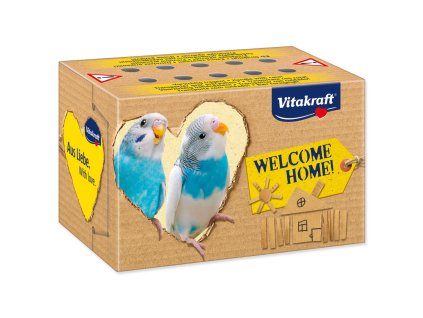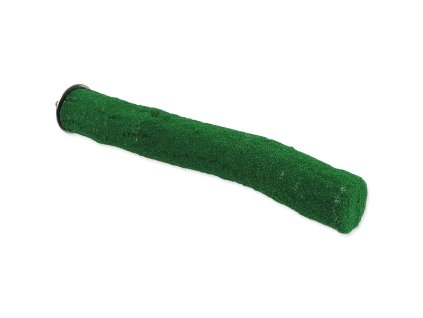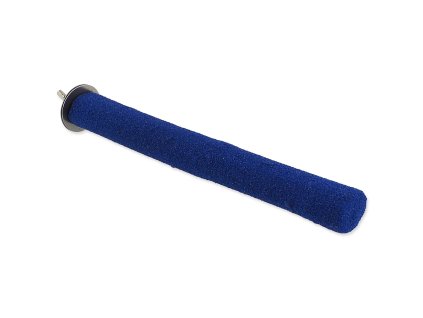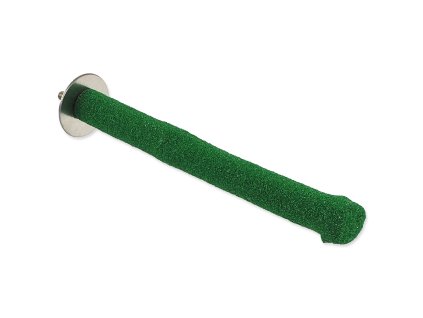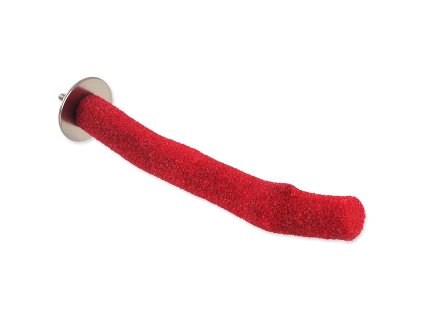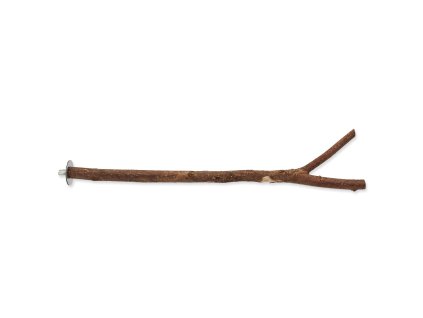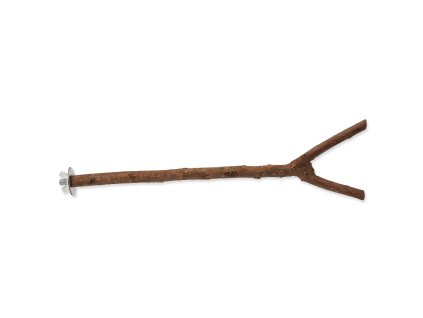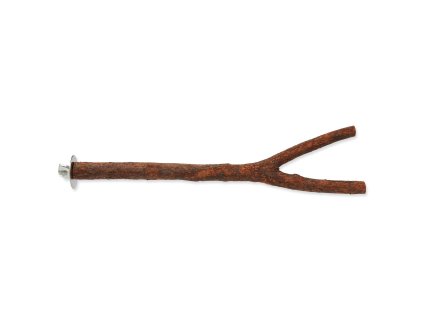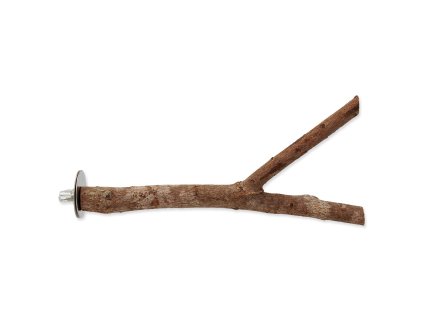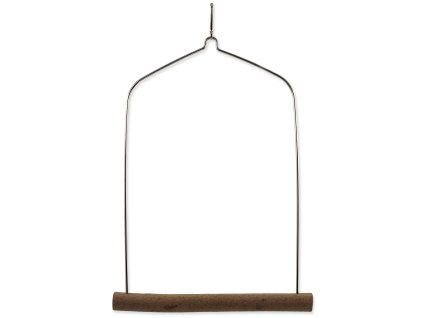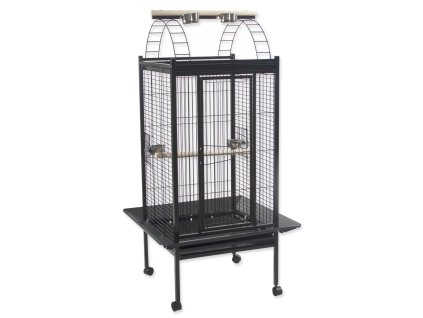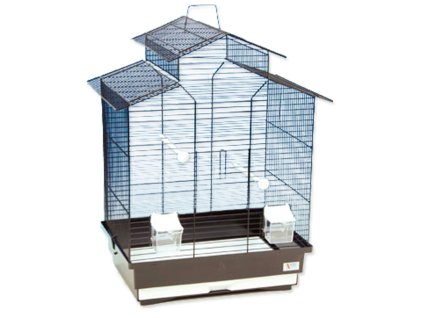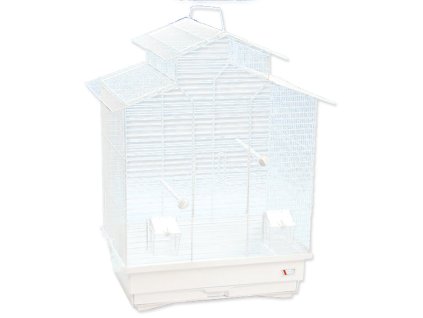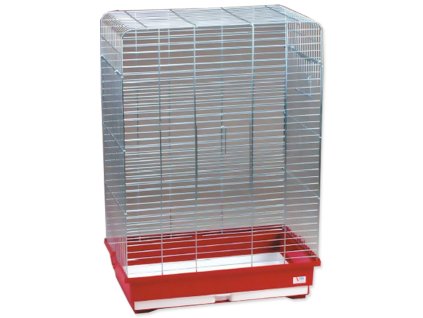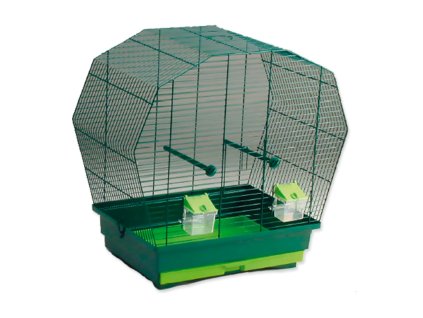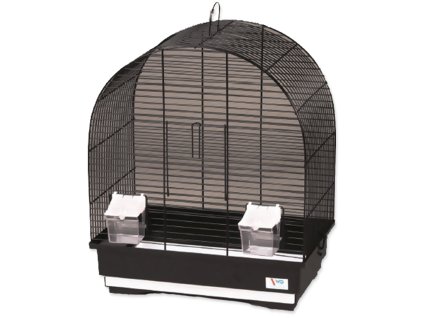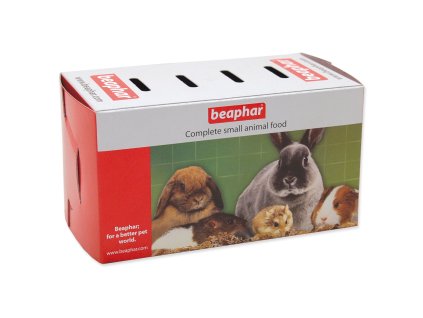Cages and equipment for birds
The right cage and equipment are essential for birds to have a comfortable and safe environment.
Product sorting
List of products
Here are some key points:
-
Cage size: The cage should be spacious enough for birds to fly freely or spread their wings. Birds should have enough room to move, preen their feathers, and be active.
-
Cage height: Birds like to climb up and down, so the ideal cage is tall enough to allow them vertical movement.
-
Cage material: Quality cages are usually made of metal materials such as stainless steel or metal wires with a harmless coating. Avoid cages with plastic parts that birds can chew and damage.
-
Cage equipment: The cage should contain a variety of toys, twigs, swings, and places to rest. Equipment helps stimulate birds and keep them physically and mentally active.
-
Nesting boxes: If you have a bird that likes privacy, you can place a nesting box in the cage. This applies to
-
Drinkers and feeders: Place drinkers and feeders in the cage that will regularly supply the birds with fresh water and food.
-
Replacing bedding: Litter and food scraps can be trapped in bedding that is placed at the bottom of the cage. Regularly changing bedding ensures cleanliness and health
-
Proper placement: Place the cage in a safe place where it will not be exposed to drafts, direct sunlight or stressful stimuli. The bird should have plenty of peace and privacy.
-
Regular maintenance: The cage should be cleaned and disinfected regularly to prevent the growth of bacteria and mold.
Choose a cage and equipment based on the type of bird you are keeping, as different species have different needs. Providing a comfortable and safe environment is key to your bird's health and well-being.







